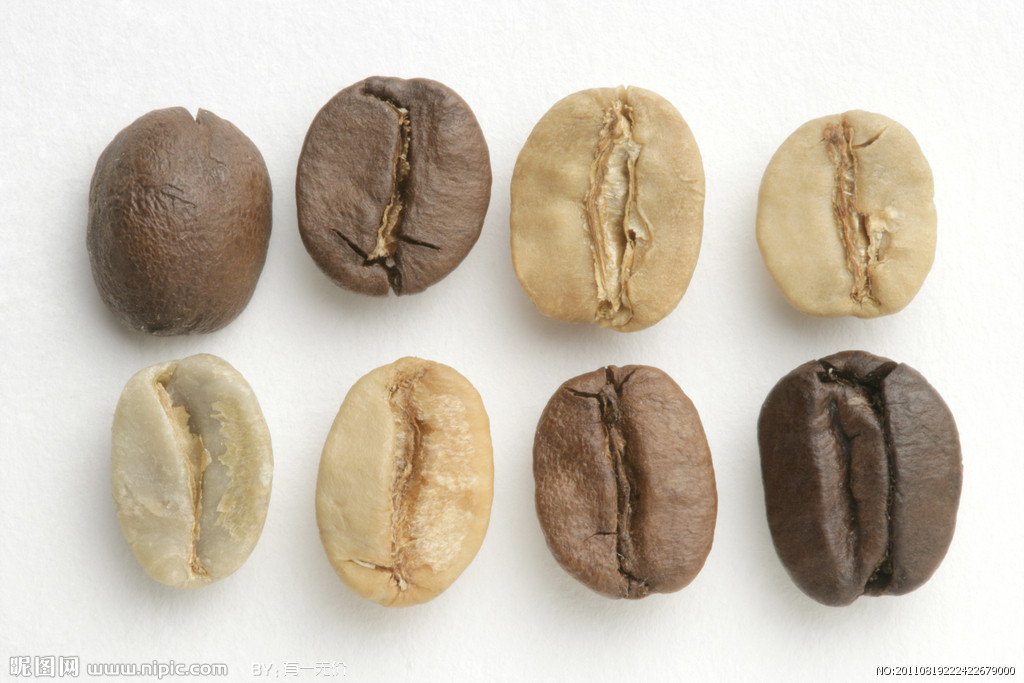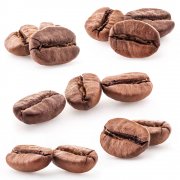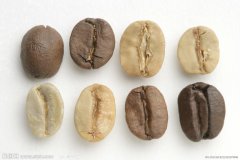Specific introduction to the production of coffee beans
After harvest, peel, pulp, racing peel and silver peel should be removed before shipping and listing. There are two kinds of methods: drying (also known as natural or non-washing) and washing.
Dry type:
The method is relatively simple. First of all, spread the freshly harvested fruit on the sun field for a week or two until the fruit crackles and dries naturally. After that, the dried pulp, endocarp and silver peel are removed by a sheller.
Coffee beans refined in this way are slightly sour and slightly bitter. All coffee beans from Brazil, Ethiopia, Yemen and other places are obtained in this way. The disadvantage of this method is that it is easily affected by the weather and is easy to be mixed with defective beans and other impurities. Therefore, it must be carefully screened.
Washing type:
The fruit that is about to be harvested is put into a flowing trough. After the floating fruit is removed, the skin and flesh are removed by a pulp remover. Then put it in the sink to remove the emerging pulp. After that, move into the fermentation tank, soak for half a day to a day, and then dissolve the gum on the surface of the fermented coffee beans.
After washing with water, drying it for a few days, drying it with a machine, and finally using a sheller to remove the endocarp to become a commercial raw coffee bean. In this way, it will be more beautiful in color and less impurity than dried coffee beans. Colombia, Mexico, Guatemala and other countries use this method for about 70% of their production.

Important Notice :
前街咖啡 FrontStreet Coffee has moved to new addredd:
FrontStreet Coffee Address: 315,Donghua East Road,GuangZhou
Tel:020 38364473
- Prev

The main components of coffee beans
The fiber of fiber raw beans will be carbonized after baking and combine with caramel to form the hue of coffee. The main source of protein calories, the proportion is not high. Most of the protein in coffee powder will not dissolve out when brewing coffee, so the intake is limited. Sugar coffee raw beans contain about 8% sugar. After baking, most of the sugar will be converted to caramel, making the coffee brown.
- Next

Specific introduction to the production of coffee beans
After harvest, peel, pulp, racing peel and silver peel should be removed before shipping and listing. There are two kinds of methods: drying (also known as natural or non-washing) and washing. Dry type: the method is relatively simple. First of all, spread the freshly harvested fruit on the sun field for a week or two until the fruit crackles and dries naturally. After that, the sheller will dry the fruit.
Related
- Guji coffee producing area of Guji, Ethiopia: Humbela, Shakiso, Wulaga
- What is the most expensive variety of Qiloso in BOP multi-variety group?
- How to store the coffee beans bought home?
- Why are Yemeni coffee beans so rare now?
- Ethiopian Sidamo all Red Fruit Sun Sun Santa Vini Coffee beans
- SOE is mostly sour? What does it mean? Is it a single bean? what's the difference between it and Italian blending?
- Is Italian coffee beans suitable for making hand-brewed coffee?
- How to choose coffee beans when making cold coffee? What kind of coffee beans are suitable for making cold coffee?
- Just entered the pit to make coffee, what kind of coffee beans should be chosen?
- Can only Japan buy real Blue Mountain Coffee? What are authentic Jamaican Blue Mountain coffee beans?

